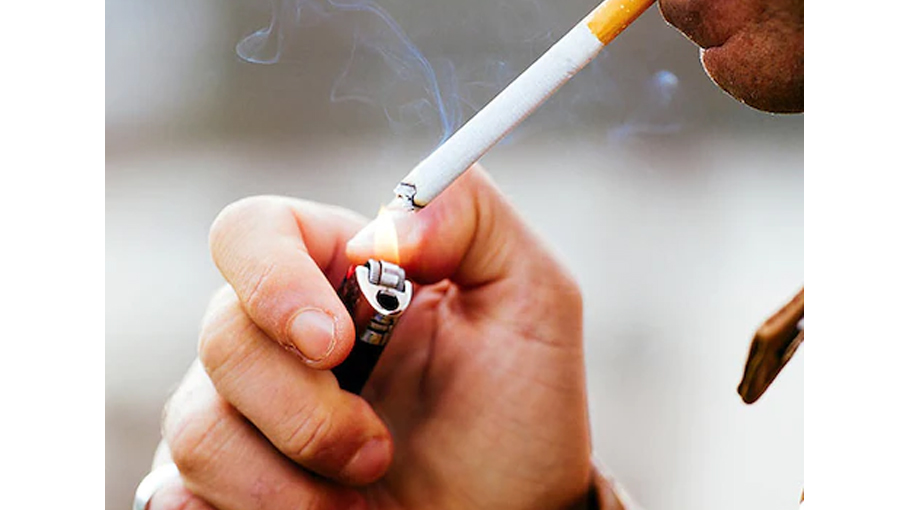Smoke-free tobacco makers evading huge tax

A large number of smoke-free tobacco product manufacturers are doing business and evading a large amount of taxes. At the same time, the use of those tobacco products is putting the lives of millions of people at great risk.
Currently, the number of tobacco product consumers stands at around 37.8 million among which around 22 million use smokeless tobacco products. Consumers of smokeless tobacco constitute 58 percent of the tobacco consumers, Global Adult Tobacco Survey (GATS) reports.
Despite being a fundamental factor behind public health risks, smokeless tobacco is still not under proper scrutiny. Manufacturers of smokeless tobacco products have been found to violate the regulations/sections of the Tobacco Control Acts. Consequently, its marketing, distribution and use are running indiscriminately.
Tobacco Control Act (2005), Bangladesh defines cigar, zarda, gul, khaini, sada pata, and tobacco-pipe mixtures as smokeless tobacco variants. According to the Ministry of Health and Family Welfare, the government does not have an accurate record of how many factories
are producing what amount of smokeless tobacco products in Bangladesh. Hence, the government is facing difficulties in taking initiative to scrutinize and limit production.
Moreover, though there were plans to impose higher tax rates, those cannot be implemented due to a lack of adequate information on the number of manufacturing organizations.
Dhaka International University Program Manager of Tobacco Control and Research Cell (TCRC) Farhana Zaman Liza said that, “The Tobacco Control Act, Bangladesh is applicable for all the tobacco products- smoke and smokeless tobacco. Use of illustrated health caution in smokeless tobacco products has increased.” However, smokeless tobacco products use different variants of packaging. Also, the packets do not contain the correct name and address which allows them to dodge the regulations. As per GATS 2017, the use of smokeless tobacco is 20 percent whereas tobacco products releasing smoke make up 18 percent. Thus, naturally smokeless tobacco products witness larger sales than their counterpart - tobacco products releasing smoke. however, they are paying less tax.”
“An NBR official mentions that, only 20 smokeless tobacco manufacturers are registered under NBR and only they are paying taxes to the government. TCRC had a list of 430 smoke free tobacco products that were sent to NRB. Since 2016 TCRC has been collecting tobacco product-related information from 265 markets of 64 upazila of 64 districts as well as conducting multiple types of research. There were 788 smoke-free tobacco brands among which 730 zarda brands, 58 gul brands, 390 zarda companies have been found to be existing. But, only 20 companies are paying taxes,” she added.
Farhana adds, “Smoke-free tobacco products manufacturing companies are most likely to violate the law and evade taxes. For this reason, we have proposed to introduce standard packaging for tobacco products. This proposal suggests clear mentions of container size, minimum weight, package design, barcode-enabled modern tax collection method, image size, manufacturing date, ingredients, and maximum retail price.
Regarding smoke-free tobacco products, Professor Arup Ratan Chowdhury of BIRDEM General Hospital said, “The consumption of zarda, gul, sada pata causes an oral infection which eventually turns into cancer. Besides, these harmful tobacco toxins contaminate the blood and might lead to heart attacks in females and lungs infection. For the pregnant women, it might pose the threat of miscarriage, the birth of the underweight and disabled child, and maternal death.”




